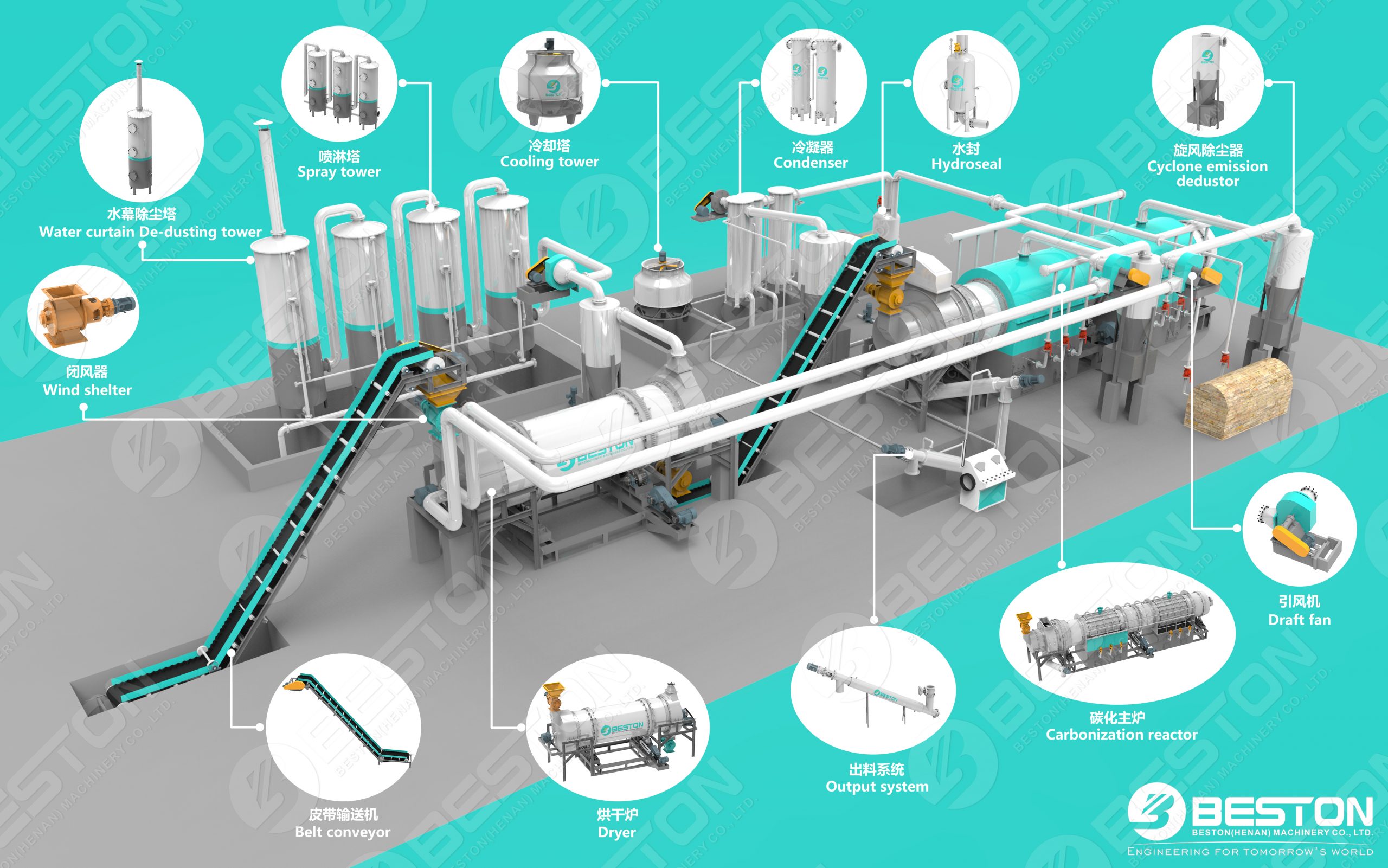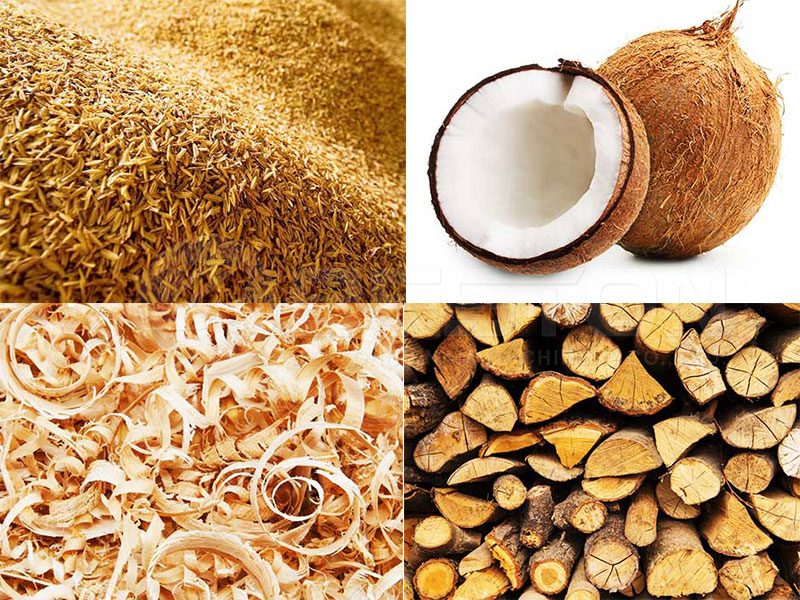The rice husk charcoal-making machines (maquina para hacer carbon vegetal)have large potential in the Asian markets. Since the main food crop in Asia is rice, finding the best way to dispose of the husks is a relevant issue in these countries.
This is the reason why many investors have chosen to produce rice husk briquettes as one of the most effective ways to dispose of this waste product. These briquettes are used as a source of fuel, but the carbonized rice husk provides even more value. Once carbonized, rice husks offer a far wider range of applications along with a higher market value to match.

Uses Of Carbonized Rice Husks
Carbonized rice husk can provide a cleaner source of energy for providing heat. This product can also be used to improve soil quality for the planting of fruit trees, flowers, or vegetables. It is also used as a type of nursery substrate that improves soil temperature, slows down nutrient loss, and protects plants from harmful pests.
How To Produce Carbonized Rice Husk Using A Rice Husk Charcoal Making Machine
The first step involves choosing the right type of biochar machinery to make rice husk charcoal. It is important to choose a reliable and well-known manufacturer to produce superior-quality rice husk charcoal.
The Production Process:
– Feeding
The rice husks are fed into a drying host or carbonizing host.
– Drying
The carbonization hosts feature a double-layer design. The inside layer is used to dry the husks when the water content exceeds 20 to 25%. The outside layer carbonizes the dried husks.
– Carbonizing
The carbonization process occurs in a “micro-oxygen” environment. After carbon enrichment and high-temperature pyrolysis, the carbonization process completes, followed by discharging the end product.
– Briquette Making
To produce charcoal briquettes it is suggested to use a Rice Husk Charcoal Briquettes Machine(https://www.bestoneco.com/maquina-para-hacer-carbon/). This type of equipment can produce different types of briquettes.

Tips When Using A Rice Husk Carbonizer
If the water content of the rice husk is between 20% and 45%, a drying host should be added. If the water content exceeds 45%, an additional drying host becomes necessary.
Before making the briquettes, the carbonized rice husks must be combined with adhesives or water. Starch is s great additive for producing BBQ charcoal briquettes.(Detalle de la empresa Beston)
Standard configurations for the dedusting systems usually only include spraying towers. The other devices including the ceramic-ring absorption ring and activated carbon absorption, are optional and need to be purchased separately.
The temperature to discharge the carbonized rice husk is around 30 ℃. Since the climates differ from one location to the next, it is important to cool the end product down to prevent spontaneous combustion.
Drying processes related to independent dryers are rotary and scattering, which means these are not suitable to dry filiform feedstocks including palm fiber. However, coconut shells, sawdust, and rice husk are suitable when it comes to this particular drying method.
When compared to discarding these waste products in a careless way, the rice husk charcoal making machine (planta de carbonización)can turn this waste into products that provide a high and fast return.